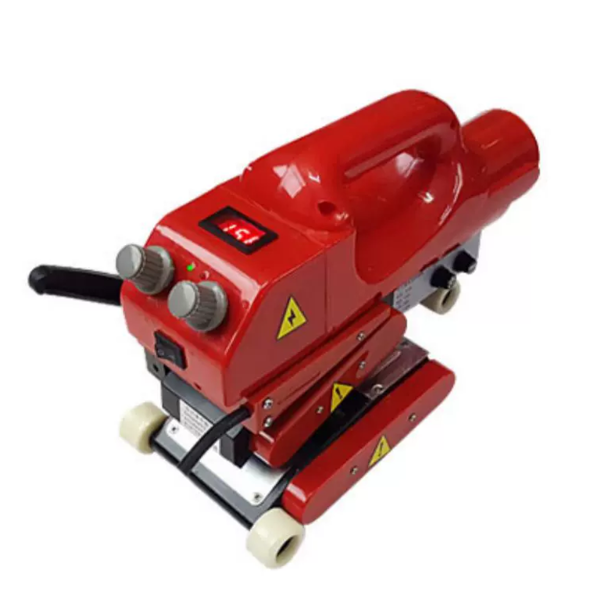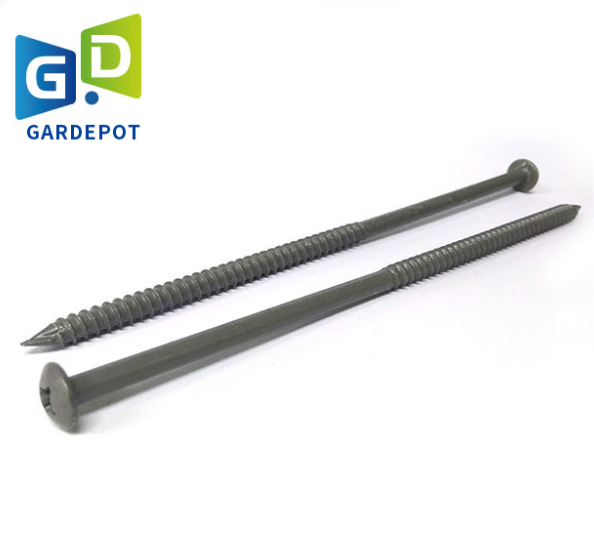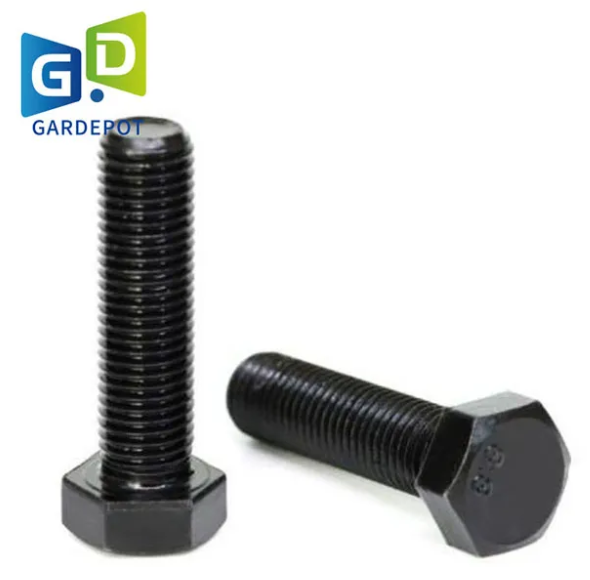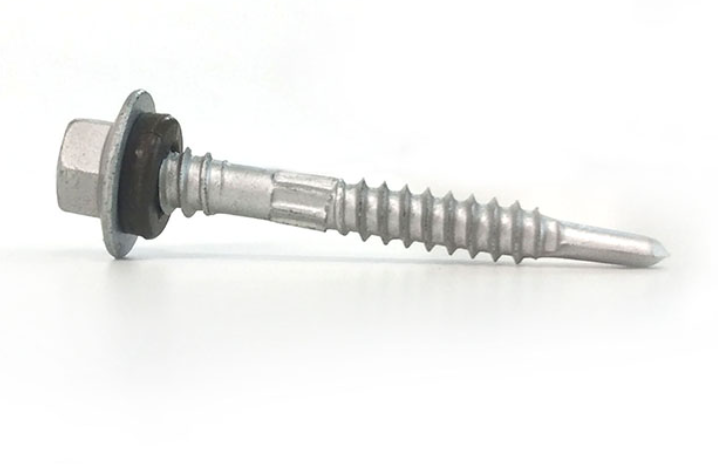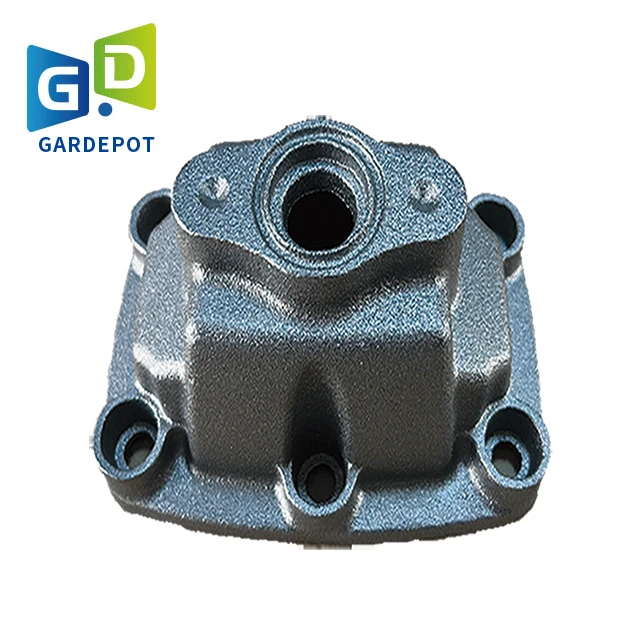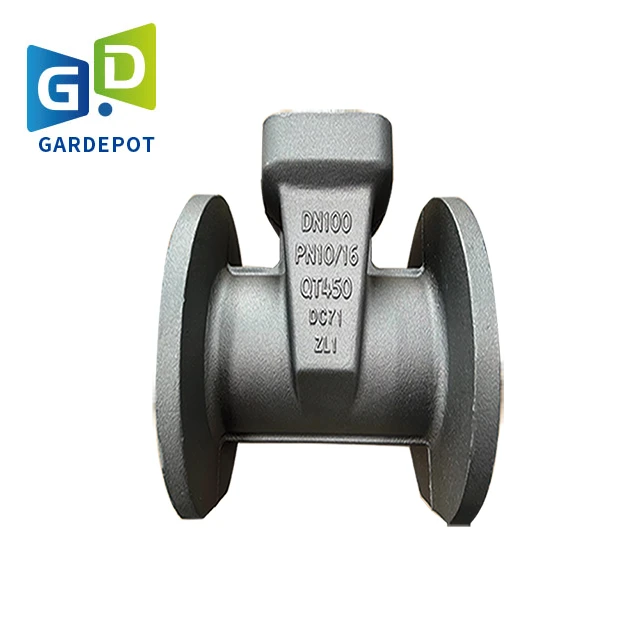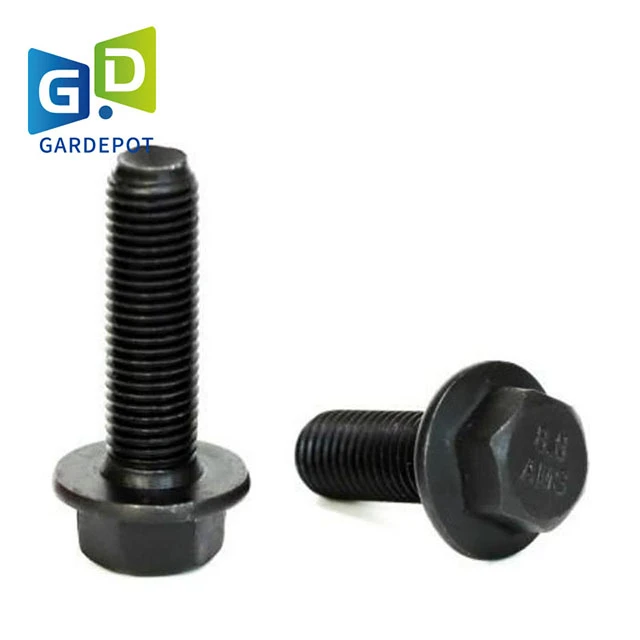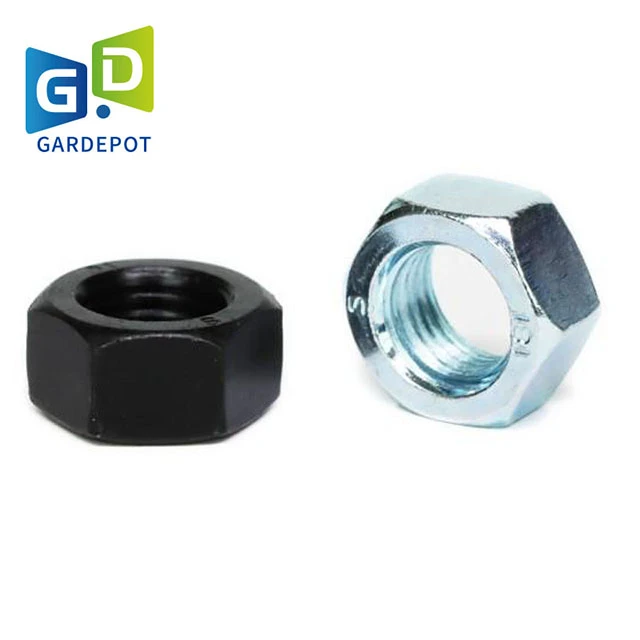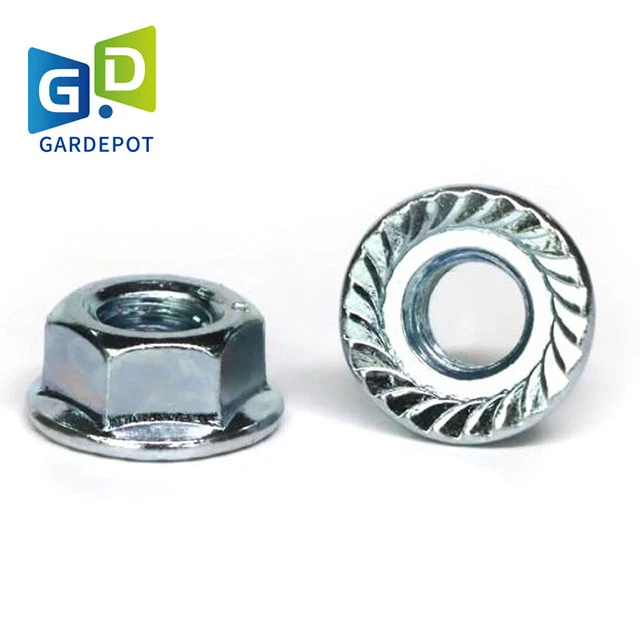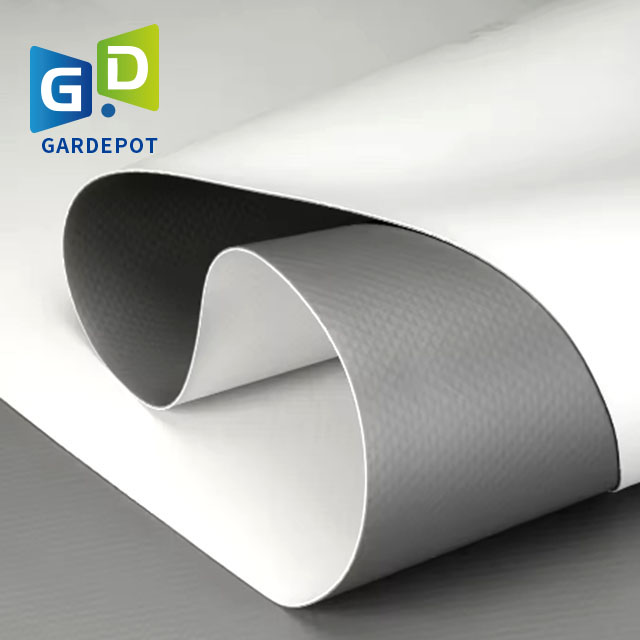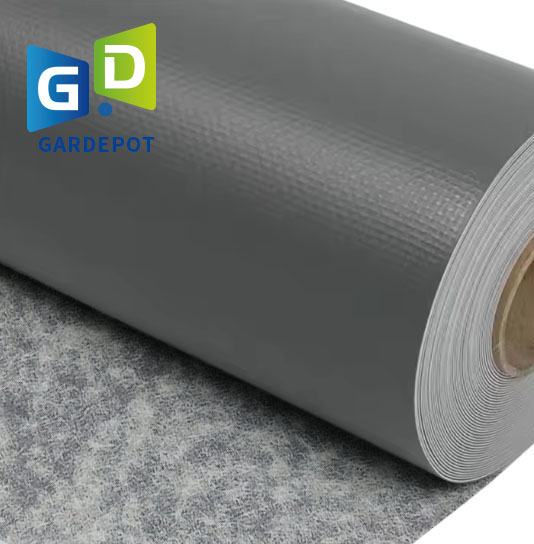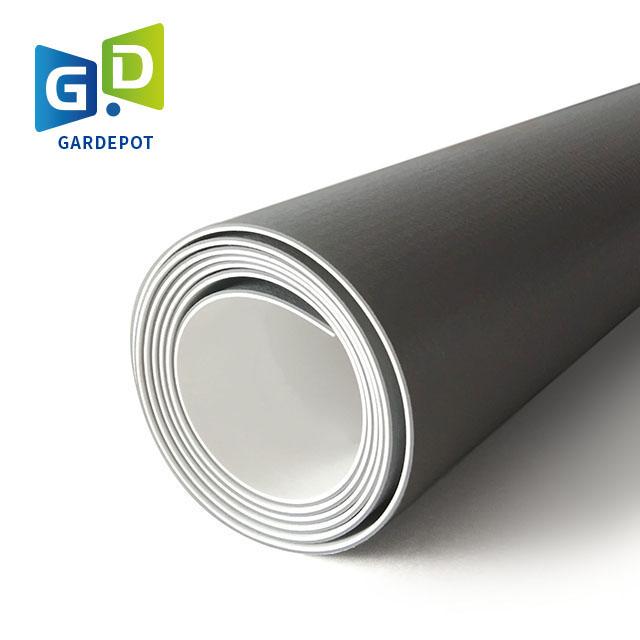Waterproof Roof Materials: Your Home's Shield Against the Elements
When it comes to safeguarding your home from water-related damage, the choice of waterproof roof materials is crucial. From preventing leaks that can damage your interior to protecting the structural integrity of your building, the right materials act as a reliable shield. Among the top contenders in the market are rubber roof membrane, acrylic polymer cementitious coating, and roof and foundation coating. Each of these materials offers unique advantages, making them suitable for a variety of roofing and waterproofing needs.
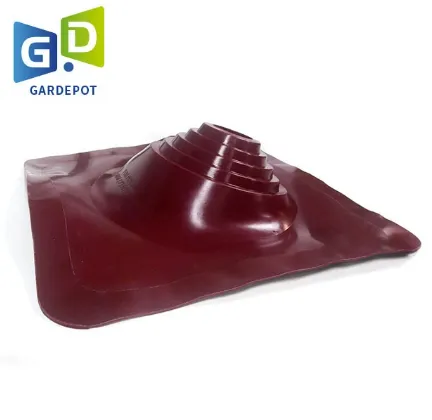
The Durable and Flexible Rubber Roof Membrane
A rubber roof membrane is a popular choice for many homeowners and construction professionals due to its exceptional durability and flexibility. Made from high-quality rubber compounds, these membranes can stretch and contract with temperature changes, preventing cracks and ensuring a long-lasting waterproof seal. They are highly resistant to UV radiation, ozone, and chemicals, which are common culprits for deteriorating roofing materials.
Rubber roof membranes are available in different types, such as EPDM (Ethylene Propylene Diene Monomer) and TPO (Thermoplastic Olefin). EPDM membranes have been used for decades and are known for their excellent weather resistance. TPO membranes, on the other hand, offer energy-efficient properties, reflecting solar heat and reducing cooling costs. Whether it's a flat roof or a low-slope roof, a rubber roof membrane provides a seamless and reliable waterproofing solution, protecting your home from rain, snow, and other elements.
The Versatile Acrylic Polymer Cementitious Coating
Acrylic polymer cementitious coating combines the strength of cement with the flexibility of acrylic polymers, creating a versatile waterproofing solution. This type of coating can be applied to a variety of surfaces, including concrete, masonry, and metal roofs. It forms a tough, elastic film that adheres tightly to the substrate, preventing water penetration.
One of the key advantages of acrylic polymer cementitious coating is its ease of application. It can be brushed, rolled, or sprayed on, making it suitable for both small DIY projects and large-scale commercial applications. The coating is also resistant to mold, mildew, and algae growth, which can be a common problem in humid environments. Additionally, it offers good abrasion resistance, protecting the roof surface from wear and tear. With its long-lasting performance and low maintenance requirements, acrylic polymer cementitious coating is an excellent choice for waterproofing roofs and other surfaces.
The Comprehensive Roof and Foundation Coating
Roof and foundation coating serves as a comprehensive solution for protecting both the roof and the foundation of your building. These coatings are designed to withstand the harsh conditions that roofs and foundations are exposed to, such as extreme temperatures, heavy rain, and ground moisture.
For roofs, roof and foundation coating provides a waterproof barrier that prevents leaks and protects the underlying structure. They can also enhance the energy efficiency of the building by reflecting solar radiation, reducing heat absorption. When it comes to foundations, these coatings prevent water seepage, which can lead to structural damage, mold growth, and other problems. They are often applied to concrete or masonry foundations, creating a durable and impermeable layer. By using roof and foundation coating, you can ensure the long-term stability and protection of your entire building.
Acrylic Polymer Cementitious Coating in Waterproofing Technology
The world of waterproof roof materials is constantly evolving, with innovations that enhance performance and sustainability. Modern rubber roof membranes now incorporate recycled materials, such as post-consumer tires, reducing environmental impact while maintaining durability. Acrylic polymer cementitious coatings have advanced to include self-healing properties, automatically repairing minor cracks to maintain waterproof integrity. For roof and foundation coatings, hybrid formulations now offer enhanced breathability, allowing moisture to escape while blocking water penetration, making them ideal for energy-efficient homes.
FAQ About Rubber Roof Membrane, Acrylic Polymer Cementitious Coating, and Roof and Foundation Coating
What makes a rubber roof membrane a smart investment for energy efficiency?
Rubber roof membranes, especially TPO variants, are designed to reflect solar radiation, reducing heat transfer into your home. This can lower cooling costs by up to 30% in hot climates, making them a cost-effective choice for energy-conscious homeowners. Their durability also means they won’t degrade under UV exposure, ensuring long-term energy savings without frequent replacements.
How does acrylic polymer cementitious coating save money on maintenance?
Acrylic polymer cementitious coating eliminates the need for frequent repairs by forming a flexible, crack-resistant barrier. Its resistance to mold and abrasion reduces the need for costly cleanings or treatments. Unlike rigid coatings that crack over time, its elastic properties adapt to building movement, saving you hundreds in maintenance fees over its 20+ year lifespan.
Why should I prioritize roof and foundation coating for my home’s structural safety?
Water damage to roofs and foundations can lead to costly issues like rotting wood, rusted steel, and foundation cracks. Roof and foundation coating creates a seamless barrier that stops water at the source, protecting your home’s structural integrity. For as little as [X]% of the cost of a full roof replacement, you can prevent thousands in repair costs down the line.
Can I use these materials for both new constructions and roof renovations?
Absolutely. Rubber roof membranes can be installed on new flat roofs or layered over existing ones (with proper preparation), while acrylic polymer cementitious coating is ideal for renovating concrete or metal roofs. Roof and foundation coating is versatile enough for new foundations or restoring aging ones. Each material adapts to different project scales, from small home upgrades to large commercial builds.
Where are Acrylic Polymer Cementitious Coatings Applied?
For hot, sunny regions, opt for a rubber roof membrane (TPO) or reflective roof and foundation coating to combat heat and UV damage. In humid areas, acrylic polymer cementitious coating’s mold resistance is key. For cold climates, all three materials offer flexibility in freezing temperatures, but rubber membranes excel at withstanding thermal expansion and contraction. Consult a professional to assess your specific needs and maximize performance.



